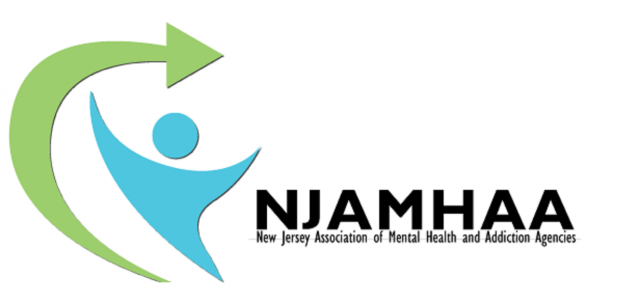May 3, 2022
|
While over the past 10 years, the New Jersey Legislature has passed dozens of bills aimed at expanding access to treatment, education, and life-saving drugs like naloxone, as well as changing how many drug crimes are prosecuted, these programs have not adequately addressed the current state of the opioid crisis. Leslie Harrison, Treasurer of the New Jersey Harm Reduction Coalition, was quoted on newjerseymonitor.com saying, "What happens in the halls of legislation does not trickle down to the people walking the streets." Fentanyl, along with other synthetic drugs, have largely contaminated the drug supply, as they are mixed with or sold as any number of other drugs such as heroin, cocaine, and PCP. Robert Budsock, MS, LCADC, President and CEO of Integrity House and a NJAMHAA Board Member, was quoted saying, "We have clients coming in who say their drug of choice is cocaine or marijuana, but they're testing for fentanyl." As reported on newjerseymonitor.com, in 2012, fentanyl was found in 42 of the 1,223 New Jersey residents who died from drug overdoses. By 2019, fentanyl was found in the bodies of 2,248 people, which represented 75% of the drug deaths in the state. One major tool in preventing overdose deaths is the drug naloxone, oftentimes seen by the brand name Narcan. Naloxone is commonly administered as a nasal spray, and it immediately reverses the effects of an opioid overdose by blocking the receptors in the brain affected by opioids. Naloxone can pull individuals suffering from an overdose back from the brink of death, and recipients generally suffer no long-term side effects. The Department of Human Services has distributed more than 130,000 Narcan kits over the past four years to municipalities, treatment centers, pharmacies, emergency officials, and ordinary citizens, given they complete a training session. Valerie Mielke, MSW, Assistant Commissioner of the Division of Mental Health and Addiction Services, was quoted saying, "I don't know that everyone is aware that this overdose antidote is available . . . One of the focuses we have now is how we can best reach those populations that are underserved." In addition to naloxone, which treats active overdoses, advocates argue that access to medication-assisted treatment (MAT) is an even more important issue in addressing the opioid crisis. MAT utilizes medications such as buprenorphine and methadone to help treat the addiction itself, rather than the symptoms of addiction. Dr. Kaitlan Baston, Medical Director at the Urban Health Institute at Cooper University Health Care, stated that the research is clear that both buprenorphine or methadone are effective in helping people addicted to opioids remove illicit drugs from their lives; however, stigma remains and access is too restrictive. She believes that access to these drugs must be expanded and MAT must be made more readily available. "It feels like a straightforward decision," Baston said. "Change is hard, but for us, it's really just policy barriers right now." Click here to read more on this story. |



